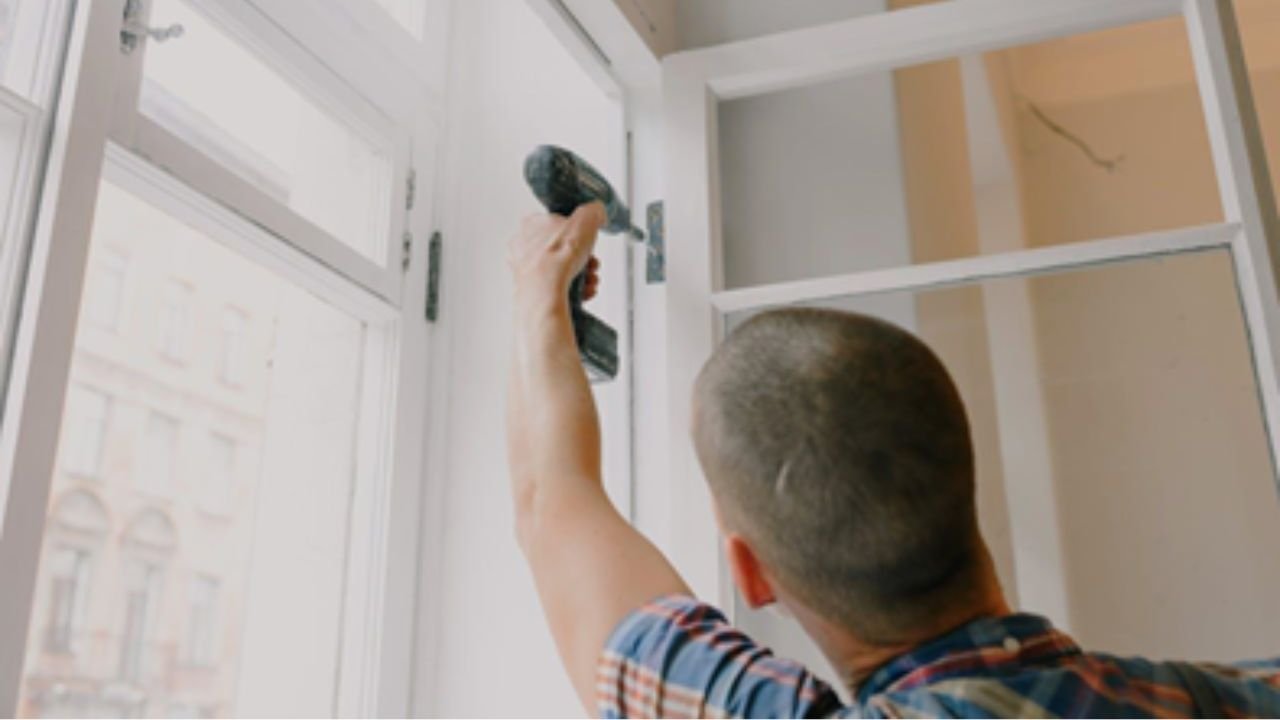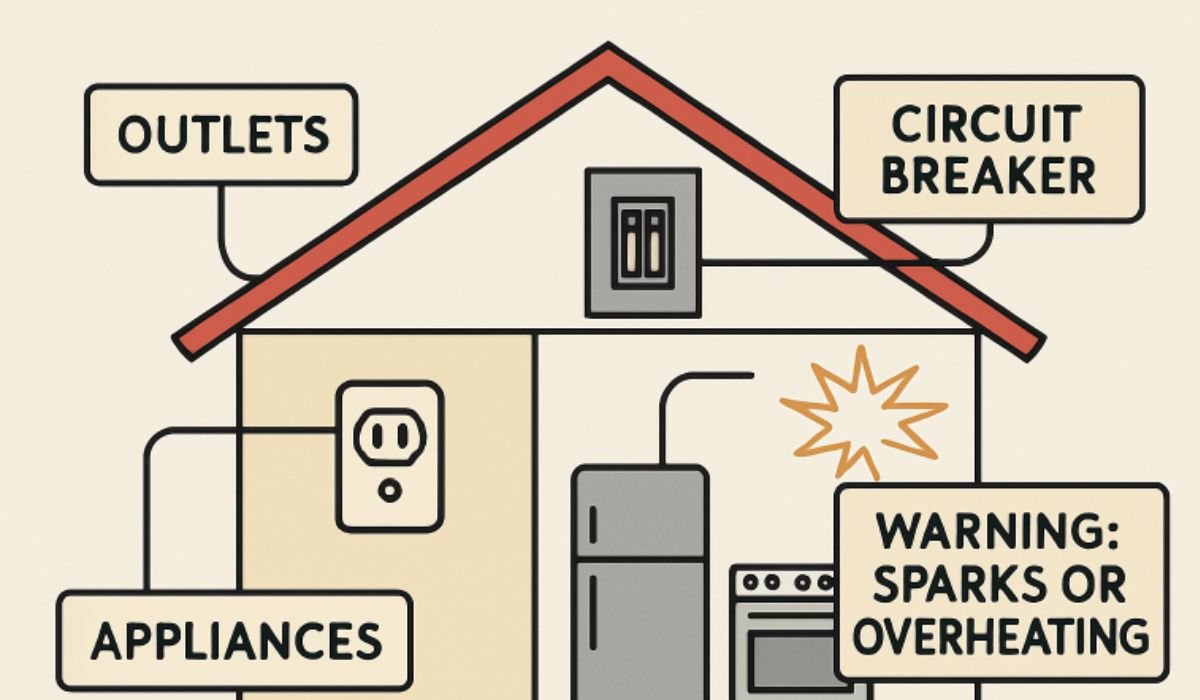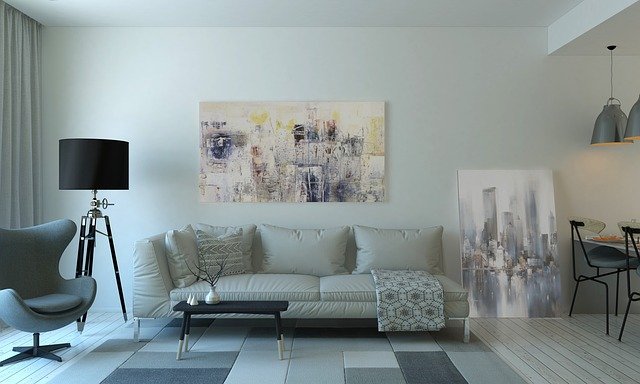Ever walk through your home and feel like something’s just not right? Maybe it’s that stubborn kitchen drawer, flickering bathroom lights, or a living room stuck in the past. You’re not alone. Many homeowners are rethinking their spaces, especially as remote work, rising costs, and high mortgage rates make moving less attractive.
In places like Grand Rapids, where demand stays high and options stay tight, smart updates matter more than ever. But upgrading isn’t just about swapping old stuff for new. It’s about choosing changes that truly improve how your home works and feels.
In this blog, we will share what to look for when updating key areas—so you spend less time guessing and more time enjoying the space you call home.
Start With the Spaces You Use Most
Not every room needs a full makeover. Focus on where life happens most—like the kitchen, bathroom, and entryway. These spaces shape your daily routine and comfort.
A cluttered kitchen usually signals a storage problem, not just a mess. Smooth drawers, smart shelves, and better lighting make a big difference. In the bathroom, fix leaks, brighten the sink area, and check ventilation. Cracked tile or poor airflow means it’s time for updates.
Don’t just consider how things look. Ask if they work well. When form meets function, your upgrades truly count.
And don’t ignore windows. These often get skipped over because they seem “fine,” but they matter more than you think. Light, air, and insulation all flow through them. If you want comfort and savings, this is a smart place to start. Take a moment to look up Grand Rapids window installations to get in touch with the best local experts who know how to do it right. A well-done job here isn’t about style—it’s about making your home easier to live in.
Use Light to Change the Whole Feel
If you do nothing else, improve the lighting. It’s that powerful. Light shapes mood, makes spaces feel larger, and helps your eyes relax.
Start with natural light. Clean your windows. Swap out heavy curtains for light-filtering shades. Rearrange furniture so it doesn’t block sunlight. Sometimes just moving a couch or trimming a bush outside can brighten a room.
For artificial lighting, aim for layers. Use a mix of overhead, task, and accent lights. A pendant over the dining table. A lamp next to the couch. LEDs under the cabinets. It’s not about adding more bulbs. It’s about placing the right light in the right spot.
Choose bulbs wisely. Warm tones create a cozy feel. Cool tones work better in workspaces like kitchens and bathrooms. But try not to mix too many types in the same room, or things start to feel disjointed.
Lighting upgrades don’t need to be expensive. Smart bulbs are more affordable now. You can dim them with your phone or set schedules. That’s one way to make your home feel modern without remodeling a single wall.
Materials That Hold Up to Real Life
We all love beautiful things. But beauty alone doesn’t stand up to pets, kids, and muddy shoes. Choose materials that are ready for real life.
Floors should be durable and easy to clean. If your carpet traps every speck of dust, consider switching to laminate, vinyl plank, or hardwood. These are easier to care for and stand up better over time.
In the kitchen and bath, counters take a beating. Go with quartz, granite, or even newer composites. These surfaces resist stains and don’t need much maintenance. They also give your space a clean, finished feel.
Don’t forget paint. A flat finish looks great on day one—but shows every fingerprint by day five. For high-traffic areas, go with a satin or semi-gloss. It cleans easily and lasts longer.
Style matters. But it’s better when paired with strength. Materials that survive daily life save money and keep your home looking good without constant upkeep.
Think About Energy, Not Just Appliances
Most people think energy savings mean new appliances. But energy use is about the whole system. Start by sealing up the gaps—literally.
Check for air leaks around windows and doors. Add weather stripping or caulk where needed. Look in the attic and basement. Insulation there makes a big difference in how your home holds temperature.
A smart thermostat can also help. Set it to match your daily routine. Lower the heat at night. Raise it when no one’s home. Over time, these small changes cut down on costs.
Don’t forget your water heater. If it’s more than ten years old, it’s probably not working as efficiently as it could. A newer model heats water faster and uses less energy doing it.
Appliances still matter—but they’re just part of the puzzle. Think of energy use as a system, not a single item on a list.
Make the Space Match Your Life
Sometimes we upgrade spaces based on what we wish we did. A fancy wine fridge. A guest room no one sleeps in. A home office you barely use.
That’s fine—if those things really matter to you. But often, the best upgrades match your actual routines.
If your family piles shoes and bags at the front door, build a drop zone with hooks and shelves. If everyone eats in the living room, maybe the formal dining area becomes a game space or reading nook. If you’re always working from the kitchen table, carve out a real work corner somewhere else.
Your home should support your habits—not fight them. The best updates feel invisible. They simply make life flow smoother.
Comfort Over Flash
Trends come and go. What looks good in a magazine might not work in your house. What works in your house might not impress on social media. That’s okay.
The best upgrades are the ones you notice when you don’t have to think about them. The faucet that doesn’t leak. The window that doesn’t draft. The light that turns on just right. That’s comfort. That’s real value.
So when it’s time to update, start small. Start smart. And let your home do what it’s supposed to do—make your life a little easier every day.











